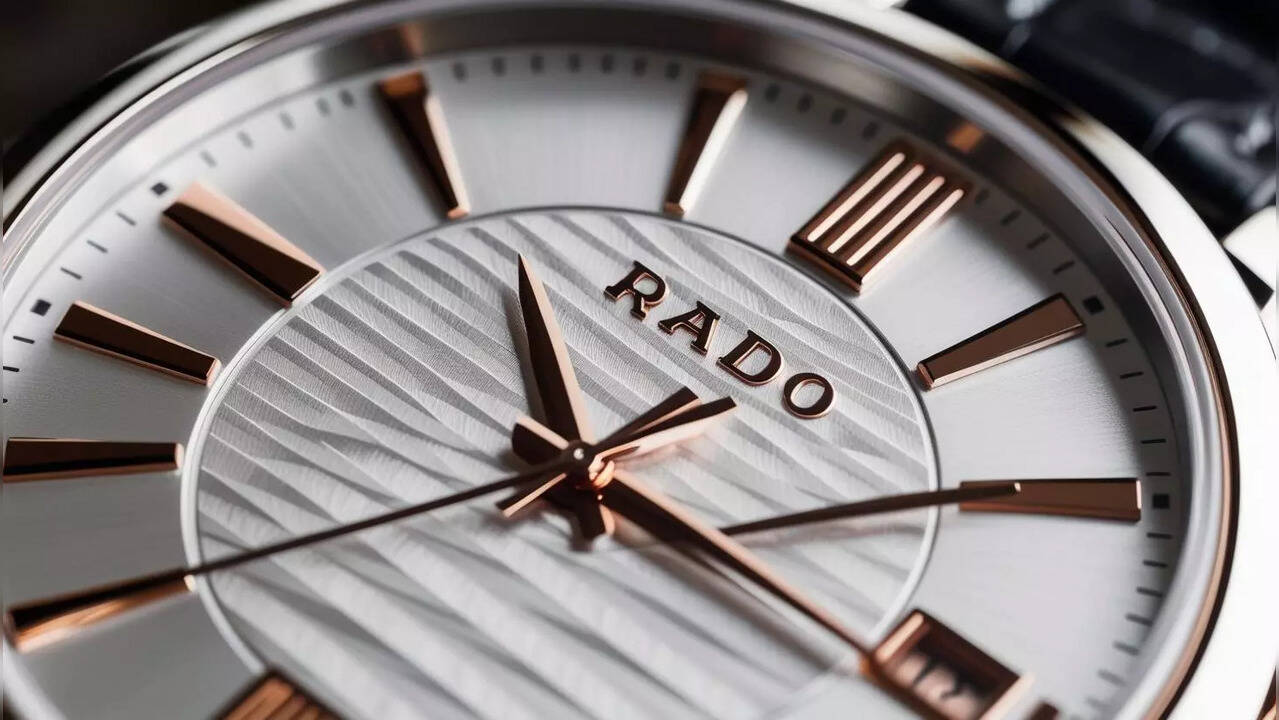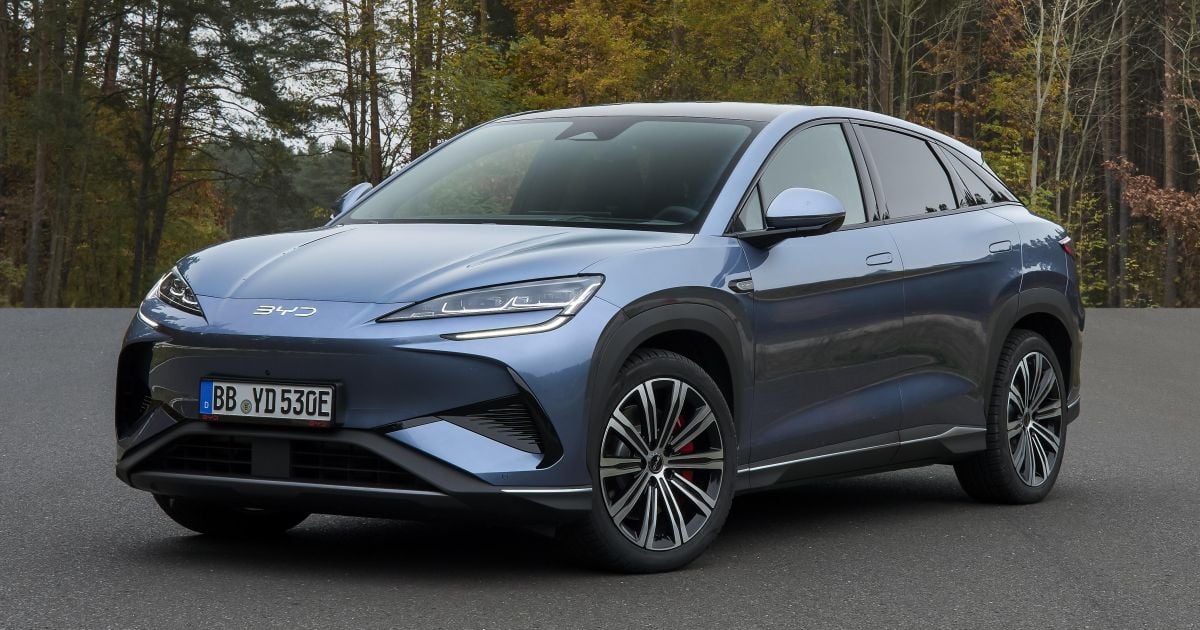India could be among the top 10 Swiss watch markets in the next 5 to 7 years: Rado CEO Adrian Bosshard
Mar 11, 2025 03:20 PM IST
India has been Rado’s largest market for the past two years, with the Swiss watchmaker commanding a dominant share of the country’s affordable luxury segment—ranging between 45% and 58%. Known for its deep expertise in ceramics, Rado has been at the forefront of material innovation for decades. In 1962, it introduced hard metal—an alloy of tungsten carbide—to create the DiaStar 1, the world’s first scratch-proof watch. Since then, the Swatch Group-owned brand has pioneered advancements like high-tech ceramic, which is significantly harder than steel yet 25% lighter, and Ceramos, a fusion of ceramic and metal alloy. It has also led the way in developing a diverse palette of high-tech ceramic colors. Also read | From Audemars Piguet to Berneron, finding beauty in asymmetry

Rado’s CEO, Adrian Bosshard—a former Swiss motocross champion and MotoGP racer—is in India to launch the DiaStar Original, designed by London-based product designer Tej Chauhan. In this interview with Hindustan Times, Bosshard discusses Rado’s deep-rooted connection with Indian consumers, its unmatched value proposition, and why he believes India is on track to become one of the top 10 Swiss watch markets in the next five to seven years.
We’ve analyzed this in our archives. The first shipment of Rado watches was sent to India in 1956. In the 1960s and ‘70s, we began developing a service network across the country to ensure that our watches were properly maintained. And around 2003, we started distributing our watches through Swatch Group’s Indian subsidiary. Our design codes—from the Diastar and Anatom to the Centrix—have a high recognition value, and Indian customers appreciate this. We’ve also been very consistent in retail development and now have around 30 boutiques in India. Also read | Nita Ambani flaunts a jaw-dropping ₹3.72 crore diamond-studded watch that screams luxury. See brand and other details
Our market share has ranged between 45% and 58%. However, in the past couple of years, as the market has grown exponentially, our market share has also expanded proportionally. That has been a pleasant surprise because, typically, with increased competition, retaining market share becomes more challenging, right? Today, there are far more brands competing in the $1,000 to $5,000 price segment ( ₹85,000 to ₹4.3 lakh). We sell 90 percent of our watches within this segment. While a significant portion of our business comes from Tier 1 cities, there has been a growing interest from customers across the country, including Tier 4 cities.

We’ve been the ‘master of materials’ for several decades. Our first ceramic watch, the Integral, was introduced in 1986. We pioneered plasma ceramic, which has a distinctive metallic appearance. Then there’s Ceramos, a composite material made of high-tech ceramic and a metal alloy. At a developmental level, we’ve always been a step ahead. Over 70 percent of our production is in ceramic, and we manufacture significant volumes. This economy of scale allows us to offer ceramic watches in the affordable luxury segment—our value proposition here is unbeatable. Other watchmakers using ceramic—Omega, IWC, Audemars Piguet, Hublot—operate in a different price bracket. But the fact that leading luxury brands are working with ceramic proves it is a truly noble material.
I see India entering the top 15 markets very soon. I wouldn’t be surprised if it breaks into the top 10 within the next five to seven years. It’s not just about the rapidly growing middle class—there’s also increasing awareness and appreciation of luxury goods. Also read | Shah Rukh Khan brought the bling to Loveyapa screening with a luxury watch that costs more than a mansion. See price tag
We have consistently developed new colors in high-tech ceramic, which is a significant challenge. We’re well ahead of the competition when it comes to color diversity—Rado already offers around 20 different shades. Our work on Ceramos has also progressed significantly in terms of color innovation. We now offer yellow and rose gold in Ceramos, and we’re developing something groundbreaking that will be unveiled next year.
![]() Recommended Topics
Recommended Topics








